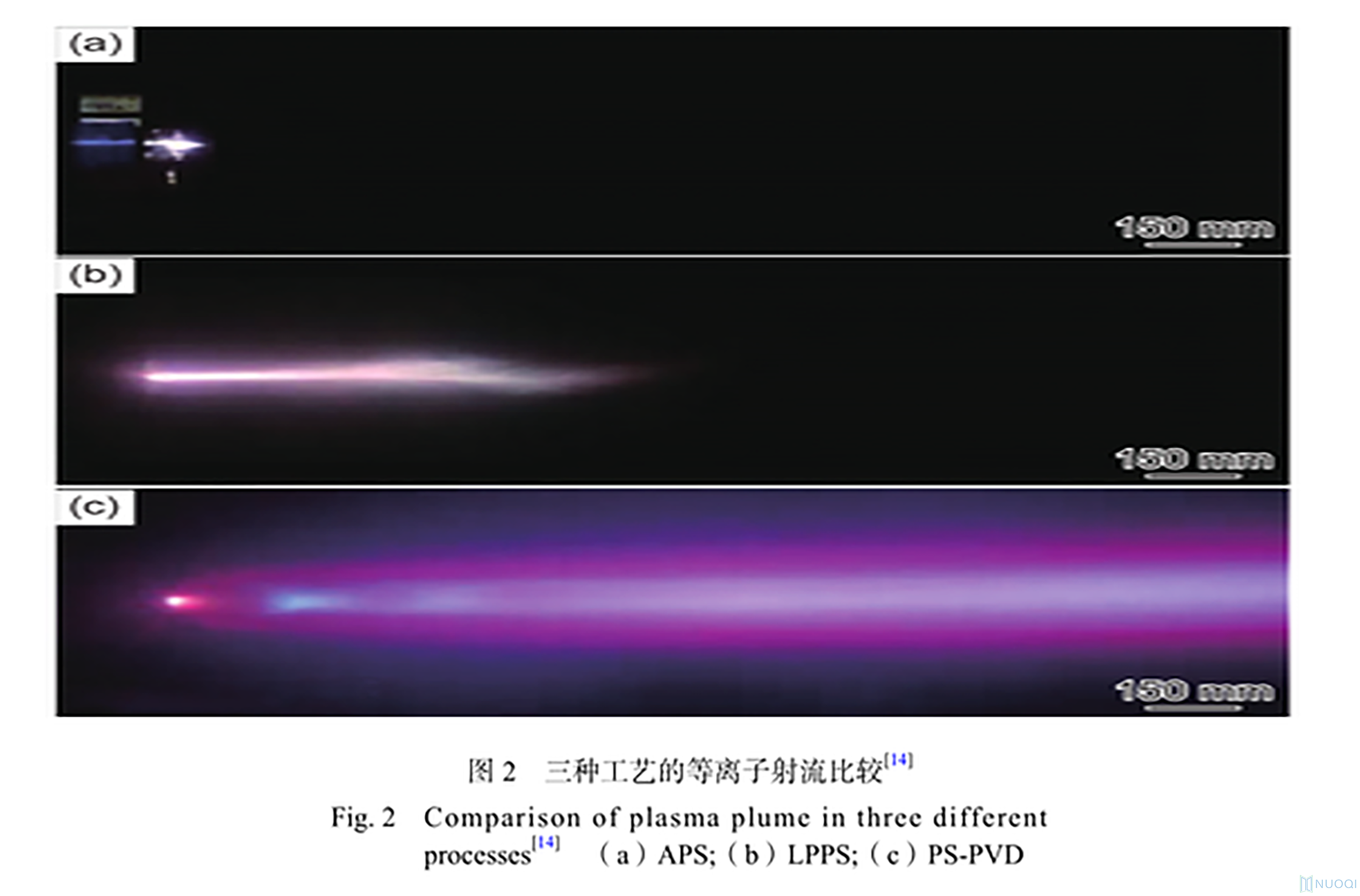What is sputtering? Sputtering occurs when the surface of a target is bombarded with ions, knocking out the atoms of the target. When, in order to form a film, a deposit’s atoms are sputtered onto a surface, a sputter coating is created.
One of the most important applications using sputter deposition, and one of the earliest, is for the production of computer hard disks. In the semi-conductor industry, sputtering is used extensively to deposit various materials in thin films.
To generate gas ionization, a gas discharge is usually used for sputter coating. Techniques that have been developed thus far, where sputtering techniques are concerned, consist mainly of the following:
Magnetron sputtering
Three-pole sputtering
RF sputtering
Let’s take a look at those individually.
Magnetron Sputtering
Here, secondary electrons are taken advantage of. Compared to other sputtering techniques, a higher coating rate is accomplished by magnetron sputtering. When discussing three-pole sputtering, the rate is 50-500nm/min (newton meter/minute); and for RF sputtering and two-pole sputtering, the coating rate is 20-250nm/min. The rate for sputtering can be as high as 200-2000nm/min when referring to magnetron sputtering.
Since the 1970s, magnetron sputtering coatings have been industrialized. Today, one of the mainstream coating technologies is magnetron sputtering. To explore its application range and improve its efficiency, magnetron sputtering technology is constantly being worked on and improved by people in the industry.
Three-Pole Sputtering
For three-pole sputtering, to generate the plasma, a glow discharge is enhanced by the use of hot wire arc discharge. This method, however, presents difficulty if you are trying to achieve, over a large area, a uniform coating. That is why, industry-wide, it is not routinely used.
The sputter coating rate can be increased by increasing the target’s sputtering rate. At the same discharge power, more ions must be obtained. The ionization degree of the plasma must be increased. Improved plasma ionization can effectively be achieved when full use is made of secondary electrons’ energy.
RF Sputtering
RF (radio frequency) sputtering generates plasma by the discharge of gas using an alternating high-frequency electric field. This is the most advantageous sputtering method for insulating sputter coater targets. RF sputtering was used in the United States by the BM Company in 1966 to deposit, upon silicon substrate, Si02 film.
In a vacuum environment, this technique uses, at radio frequencies, a current’s alternating electrical potential – otherwise, on specific kinds of sputtering target materials, a charge might build up. Quality control issues could be created by the droplets that would spew forward if the charge were allowed to build up.
For the record, another cost-effective method for the application of metal target coatings is traditional DC (direct current) sputtering. Unfortunately, when it comes to dielectric target materials, DC sputtering is limited. Used in the semi-conductor industry, examples of common dielectric coating materials would be tantalum oxide, silicon oxide, and aluminum oxide.
When it comes to the latest and greatest methods of applying protective coatings to surfaces, parts, components, etc. the experts at A&A Coatings are leaders in our field – and have been for over 70 years. In addition to the application of thermal coatings, we also offer specialties such as machining, lapping, grinding, and more. Through various application methods, we apply hard faced, ceramic, cermets, and metal coatings to any number of surfaces for countless industries.


Scan and pay attention to the public number